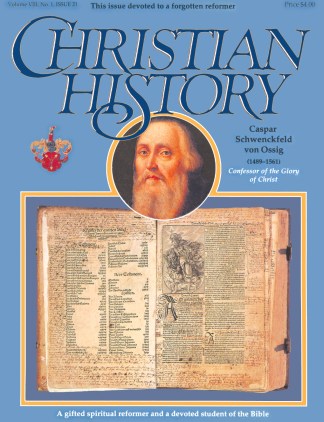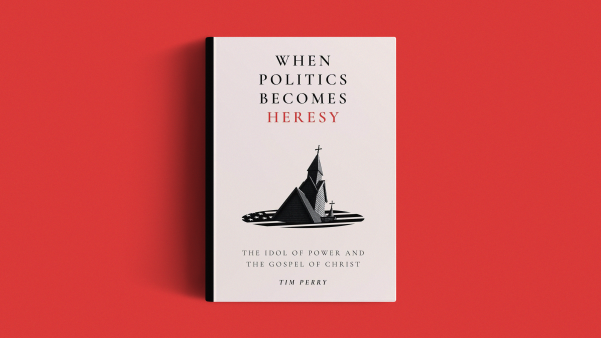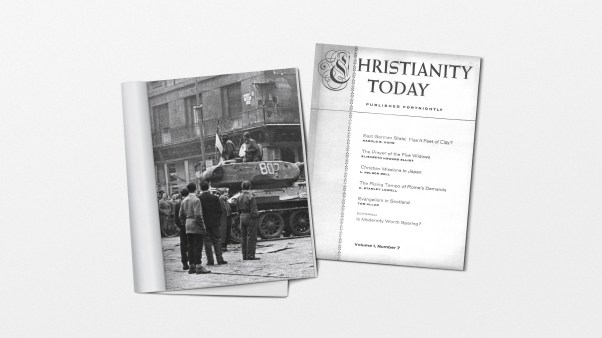SILESIA: Schwenckfeld was a Silesian nobleman. Silesia was ruled by BOHEMIA (Czechoslovakia). In 1490, after a short period of Hungarian rule, Schwenckfeld’s homeland returned, along with MORAVIA, to Bohemian control, and in 1526 came under Hapsburg rule. Silesia is today divided between Poland and Czechoslovakia.
SAXONY: Saxony, the German state in which the cities of WITTENBERG and Leipzig were located, was where the Reformation began. Luther’s duke, Elector Frederick III of Saxony, gave him protection from the Roman Church. Schwenckfeld traveled to Wittenberg in 1525 to meet with Luther. What was Saxony in Schwenckfeld’s day is now mostly within East Germany.
OSSIG: Schwenckfeld’s birthplace is now Oseik, Poland.
LIEGNITZ: This Silesian city was the capital of a duchy ruled by the Piasts. Schwenckfeld was an advisor to Duke Friedrich II of Liegnitz. Now in Poland, the German name Liegnitz has changed to Legnica.
ULM: Schwenckfeld spent years at Ulm and died there in 1561. The West German city of Ulm, on the Danube river, was in Schwenckfeld’s time a free city in WÜRTTEMBERG.
TÜBINGEN: Schwenckfeld and Strasbourg reformer Martin Butzer, who were theological opponents, signed papers of truce in Tubingen in 1535. Tubingen was also located in Wurttemberg. Philip Melanchthon taught at Tubingen University from 1512 to 1518.
STRASBOURG: An important intellectual and commercial center, Strasbourg was the major city in ALSACE. A city of toleration, numerous refugees of persecution at various times found refuge here; among them, John Calvin, Michael Servetus, Anabaptists Pilgram Marpek and Melchior Hoffmann, and Schwenckfeld. Martin Butzer led the reformation in Strasbourg. Johann Gutenberg may have invented the printing press here.
HERRNHUT: When the followers of Schwenckfeld were persecuted by the Jesuits, they fled from Silesia to the community of Herrnhut on the estate in Saxony of Count Nikolaus von Zinzendorf, a pious Saxon nobleman who offered them refuge. In 1734, when Lutheran state pressure was increased on Zinzendorf, the Schwenckfelders left Herrnhut and sailed from Rotterdam, Holland, to Pennsylvania.
Copyright © 1989 by the author or Christianity Today/Christian History magazine. Click here for reprint information on Christian History.










